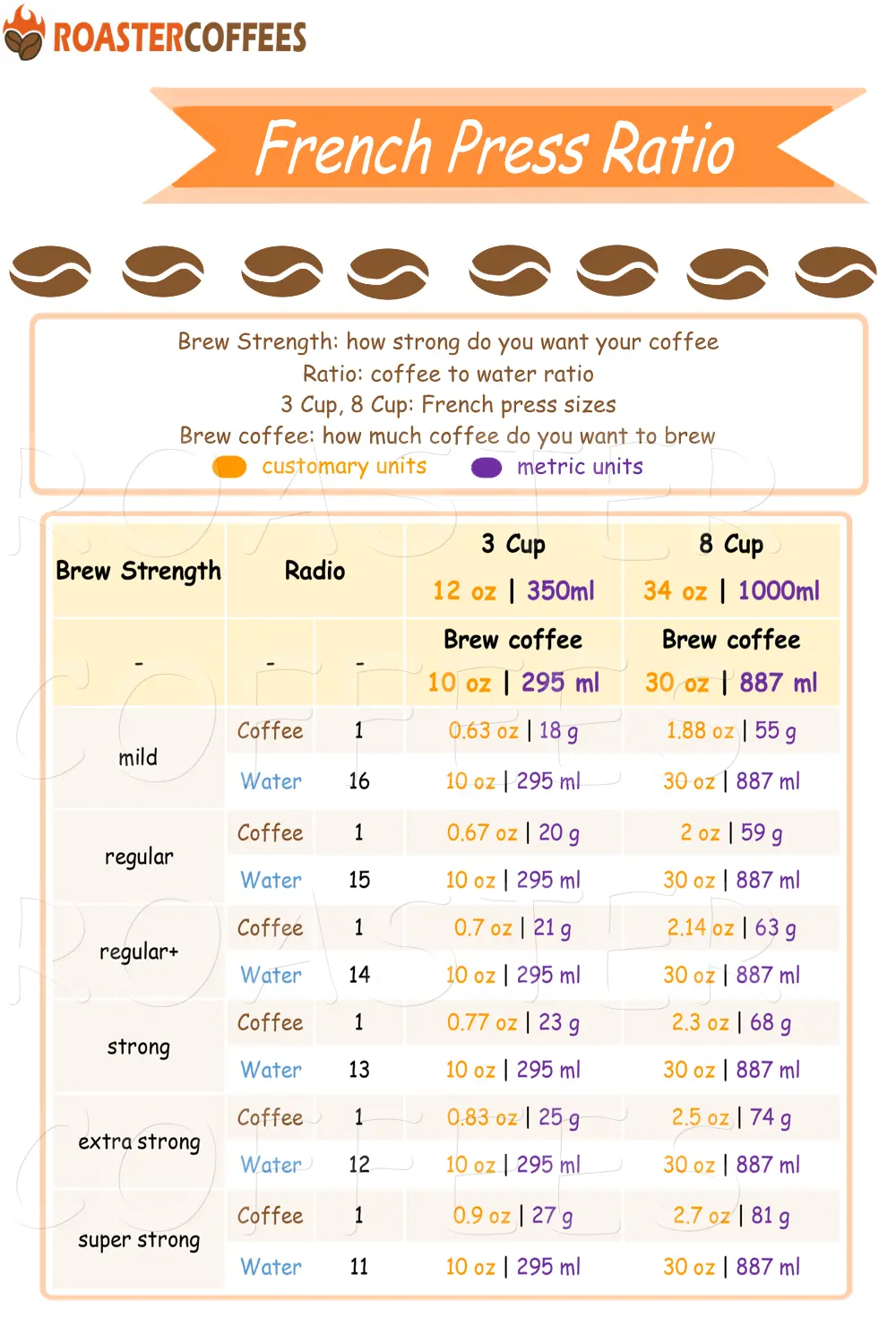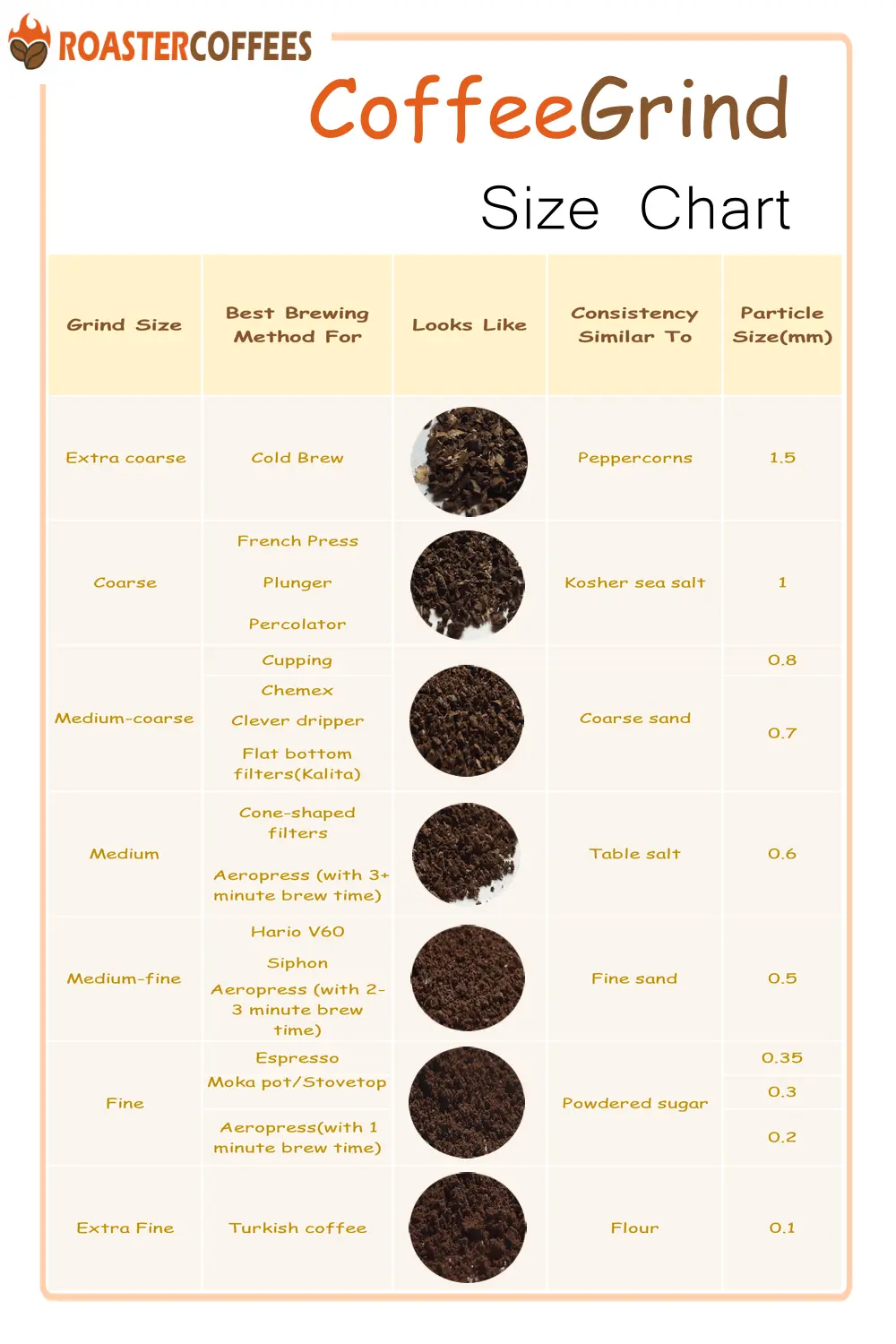Specialty coffee is more than a beverage—it is a journey of taste, craftsmanship, and precision. Over the past few decades, specialty coffee has risen to prominence as a symbol of excellence in the coffee industry. It is not just a cup of coffee but a carefully curated experience that involves artistry and science at every stage, from the cultivation of the coffee plant to the moment it reaches your cup.

This article explores the intricate processes and principles that define specialty coffee, delving into its origins, production, brewing techniques, sensory evaluation, and cultural significance. By understanding the art and science behind specialty coffee, enthusiasts and professionals alike can gain a deeper appreciation for this remarkable beverage.
1. What Is Specialty Coffee?
Specialty coffee is defined as coffee that scores 80 points or higher on a 100-point scale according to the Specialty Coffee Association (SCA). This scoring system evaluates the coffee based on several factors, including aroma, flavor, aftertaste, acidity, body, balance, and overall impression. Achieving the status of "specialty" requires excellence in every stage of the coffee production chain, from cultivation to roasting to brewing.
1.1 The History of Specialty Coffee
This movement emphasized quality, sustainability, and the artisanal nature of coffee, in contrast to the mass production and standardization of the first and second waves. The third wave sought to elevate coffee to the level of fine wine, with a focus on origin, terroir, and meticulous preparation.
The caffeine content of specialty coffee varies depending on the bean variety, roast level, and brewing method. Generally, specialty coffee contains a similar caffeine range to commercial coffee, averaging between 60-120 milligrams per 8-ounce cup. However, specialty coffee often uses high-quality Arabica beans, which naturally have slightly lower caffeine content than Robusta beans. Factors like grind size, brewing ratio, and extraction time also influence caffeine levels. Specialty coffee prioritizes flavor, aroma, and sustainability over maximizing caffeine, offering a balanced cup that highlights unique regional characteristics. While caffeine remains present, the focus on quality enhances the overall drinking experience. A caffeine calculator is essential for any coffee enjoyment.
Key milestones in the specialty coffee movement include:
The establishment of the Specialty Coffee Association of America (SCAA) in 1982 (now merged into the SCA).
The rise of single-origin coffee, highlighting the unique characteristics of beans from specific regions.
The growth of independent coffee roasters and third-wave cafes that prioritize quality over quantity.
2. The Art of Coffee Cultivation
The journey of specialty coffee begins on the farm, where the art of cultivation plays a crucial role in determining the quality of the beans. Coffee is a crop that requires specific climatic conditions, meticulous care, and a deep understanding of agronomy to thrive.
2.1 Ideal Growing Conditions
Specialty coffee is typically grown in the "coffee belt," a region that spans the globe between the Tropics of Cancer and Capricorn. This region offers the optimal conditions for coffee cultivation, including:
Altitude: High-altitude regions (above 1,200 meters) produce denser beans with more complex flavors. Climate: Mild temperatures, sufficient rainfall, and well-defined wet and dry seasons contribute to the growth of high-quality coffee plants. Soil: Volcanic and nutrient-rich soils enhance the flavor profile of coffee beans.
Countries renowned for their specialty coffee production include Ethiopia, Colombia, Kenya, Guatemala, and Panama, each offering unique flavor profiles influenced by their terroir.
2.2 Coffee Varietals
The genetic variety of the coffee plant significantly impacts its flavor. While there are over 100 species of coffee, two dominate the specialty coffee market:
Arabica (Coffea arabica): Known for its delicate and complex flavors, Arabica accounts for the majority of specialty coffee. Robusta (Coffea canephora): Although less common in specialty coffee, Robusta offers a more robust and bitter taste.
Within Arabica, specific varietals such as Geisha, Bourbon, and SL28 are celebrated for their exceptional flavor characteristics.
3. The Science of Coffee Processing
After harvest, coffee cherries undergo processing to extract the beans and prepare them for roasting. This stage is critical for developing the coffee's flavor potential, and different processing methods can produce dramatically different results.
3.1 Processing Methods
The three primary coffee processing methods are:
Washed (Wet) Processing: In this method, the fruit is removed from the bean before fermentation. Washed coffee tends to have a clean and vibrant flavor profile, with pronounced acidity. Natural (Dry) Processing: The cherries are dried with the fruit intact, allowing the sugars to infuse the beans. This method produces coffee with fruity and wine-like flavors. Honey Processing: A hybrid of washed and natural processing, honey processing leaves some fruit pulp on the beans during drying, resulting in a balance of sweetness and acidity.
3.2 Fermentation and Drying
Fermentation plays a crucial role in the development of coffee's flavor. During fermentation, microorganisms break down the sugars and mucilage surrounding the beans, creating complex flavor compounds. Controlled fermentation can enhance specific flavor notes, such as fruity or floral characteristics.
Drying is equally important, as improperly dried beans can develop off-flavors or mold. Specialty coffee producers use techniques like raised drying beds and careful monitoring to ensure consistency.
4. The Art of Roasting
Roasting is where the science of chemistry meets the artistry of craftsmanship. The roasting process transforms raw green coffee beans into the aromatic, flavorful product we recognize as coffee.
4.1 The Chemistry of Roasting
During roasting, several chemical reactions occur:
Maillard Reaction: The interaction between amino acids and sugars creates the complex flavors and aromas of roasted coffee. Caramelization: The breakdown of sugars contributes to sweetness and body. Pyrolysis: The release of volatile compounds adds depth and complexity to the coffee's aroma.
4.2 Roast Profiles
Roasting is a highly customizable process, with different profiles bringing out distinct characteristics in the coffee. Common roast levels include:
Light Roast: Highlights the coffee's origin and acidity, with flavors such as citrus and floral notes. Medium Roast: Balances acidity, sweetness, and body, with caramel and nutty flavors. Dark Roast: Emphasizes body and bitterness, with flavors such as chocolate and smoky notes.
Specialty coffee roasters use precision tools, such as temperature probes and software, to monitor and control the roasting process.
5. The Science of Brewing
Brewing coffee is both an art and a science, requiring careful attention to variables such as grind size, water temperature, brew time, and coffee-to-water ratio.
5.1 Extraction
Proper extraction is essential for achieving a balanced cup. Under-extraction results in sour and weak coffee, while over-extraction leads to bitterness.
5.2 Brewing Methods
Specialty coffee is prepared using a variety of brewing methods, each offering unique characteristics:
Pour-Over: Highlights clarity and complexity, often used for single-origin coffees. Espresso: Produces a concentrated and intense flavor profile, serving as the base for many coffee drinks. French Press: Offers a rich and full-bodied cup, with more oils and sediment. Cold Brew: Emphasizes sweetness and low acidity, with a smooth and refreshing taste.
6. The Art of Sensory Evaluation
Tasting coffee is an essential skill for understanding and appreciating its nuances. The SCA's Coffee Taster's Flavor Wheel provides a framework for identifying flavors, aromas, and textures.
6.1 Flavor Attributes
Key attributes evaluated in specialty coffee include:
Acidity: Brightness or tanginess, often described as fruity or citrusy. Body: The weight or mouthfeel of the coffee. Flavor: The overall taste, including primary and secondary notes. Aftertaste: The lingering flavors after swallowing.
7. The Cultural Significance of Specialty Coffee
Specialty coffee is more than a product; it is a cultural phenomenon that celebrates craftsmanship, sustainability, and community. From the bustling cafes of Melbourne to the coffee farms of Ethiopia, specialty coffee connects people across the globe.
7.1 Ethical Sourcing
Sustainability and fair trade are integral to the specialty coffee industry. Ethical sourcing ensures that coffee farmers receive fair compensation and that environmental practices are upheld.
7.2 Coffee as a Craft
The rise of specialty coffee has transformed baristas into artisans, showcasing the skill and precision required to brew the perfect cup.
Conclusion: A Harmonious Blend of Art and Science
The art and science of specialty coffee intertwine at every stage of its journey, from seed to cup. This intricate process, marked by passion, precision, and innovation, elevates coffee from a daily ritual to a profound sensory experience. Whether you are a casual drinker or a devoted aficionado, understanding the complexities of specialty coffee allows for a deeper appreciation of this remarkable beverage.
References:
Mastering the Art of Brewing Hot Coffee
An In-Depth Analysis of Sourness in Coffee

